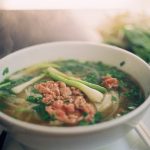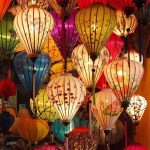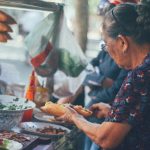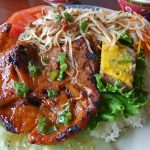Hoi An Market – Foodie’s Heaven
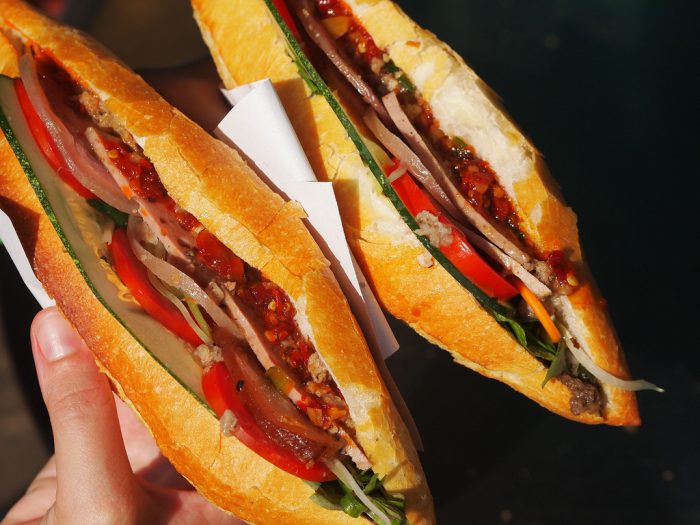
Photo by Jordan and Skyler McDonald
Most of the tourists in Hoi An follow food guides on tourism websites and books and check out their recommend eating places such as Banh Mi Phuong (Ms. Phuong’s banh mi) and Com Ga Ba Buoi (Mrs. Buoi’s chicken rice). Meanwhile, some visitors leave the recommendations aside to discover a foodie hub by themselves. And they find Hoi An central market as one of their favourite eateries.
The history of Hoi An market is connected with the development of the ancient town. The market was a place where the trading of goods took place. It is located in the centre of the old quarter on Tran Phu and Bach Dang streets and still retains its unique architecture. The market opens in the early morning and closes at night.
What it offers
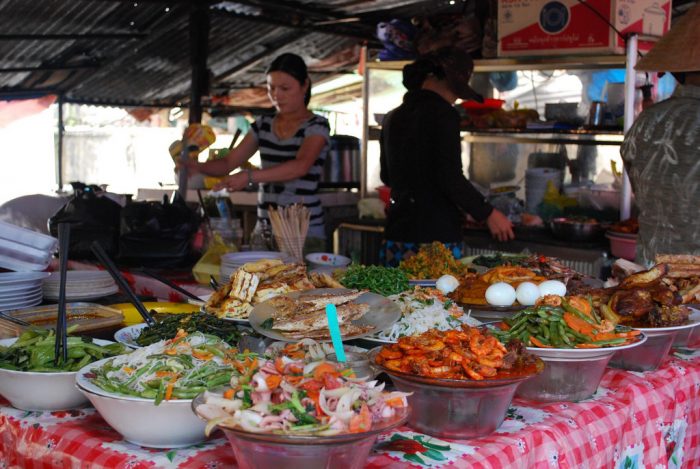
Photo by Alpha
The market is not too big but it has everything for a foodie to obtain adequate energy for the whole day. In early mornings, its food court is crowded with women carrying shoulder poles. They sell different types of vermicelli and noodles, or sticky rice. Tourists also can start their day with a good breakfast at food stalls, which are small but clean and neat. The court offers many choices for diners with lots of stalls selling Hoi An’s specialties. There are such as mì Quảng (Quang noodles), and bánh bao and bánh vạc (white rose dumplings) and fruit juices. For lunch and dinner, you may choose other authentic dishes of Hoi An such as cao lầu (noodles with roasted pork) and hoành thánh (wonton).
Owners of food stalls will cook the food right after receiving your orders that make the food here fresh and delicious. They are willing to spend time telling diners how to cook it and how to prepare sauces. They also give you useful advice on touring the town. Eating and talking with local people at the market is totally different from eating at touristy places.
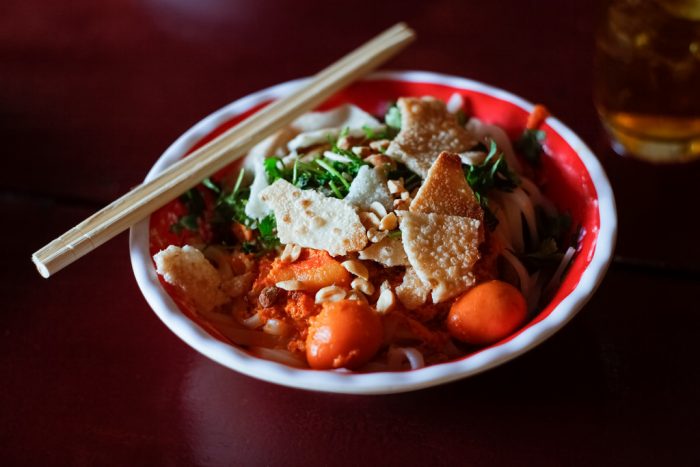
The service here is really good and the price is incredibly affordable. For example, a bowl of Quang noodles cost about VND20,000-30,000, gỏi cuốn (Vietnamese spring rolls) VND2,000 per one and white rose dumplings VND35,000 per portion. Most of the food stalls have a name. An they also list their price to ensure that tourists are not worried about being charged overpriced.
There are a lot of choices for dessert. You can enjoy chè bắp (sweet corn soup) and tào phớ (tofu in sweetened soup with or without ice) VND5,000-VND10,000 per glass. Or you also can eat bánh căn (khot cake) priced at VND20,000 per plate at Tuất stall or bánh xèo (pancakes) at a nearby stall at a price of VND5,000 per one.
If you feel thirsty after walking around the market under the heat of the sun, it is time for you to sit down at Do Ha Thanh Thanh stall. An you could enjoy a glass of sinh tố bơ (avocado shake) or a glass of sinh tố mãng cầu (soursop smoothies) at a price of only VND15,000.
Something you should not miss out
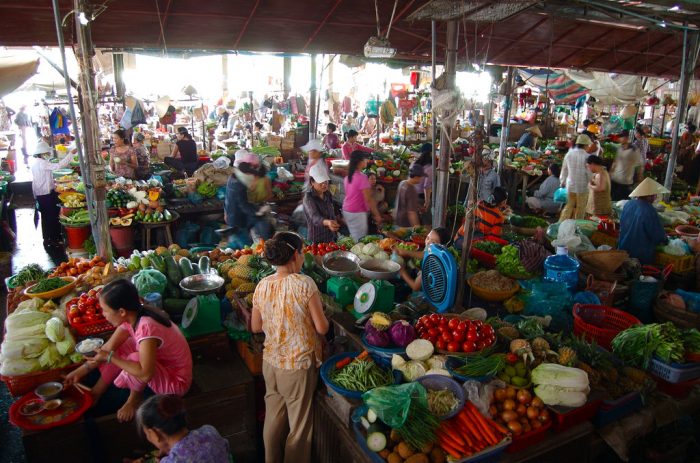
Photo by Gregor Dodson
Early mornings are the perfect time for witnessing the trade of fresh seafood. This time is fishermen go back after spending the entire night going fishing in the sea. This is a good opportunity for tourists to learn more about the life of local people and their daily work.
Besides, after filling your stomach with the food at the market, you can walk past little shops selling other goods sold here, such as species, clothes, and shoes. These stalls are the same with those in markets in Vietnam. The friendly behavior of their owners will make you feel like home. And when you leave, you will tell yourself that you will come back soon.
When going outside of the market, you will be impressed by an ancient well called Giếng Mái located in front of the market. It is the only public well protected by a roof covered with fish scale-shaped tiles, and one of the oldest wells in the old quarter.
Visiting Hoi An central market is an amazing experience for food lovers. It is the place where you can spend the whole day discovering the culinary arts of the town.
1,348 total views, 1 views today


